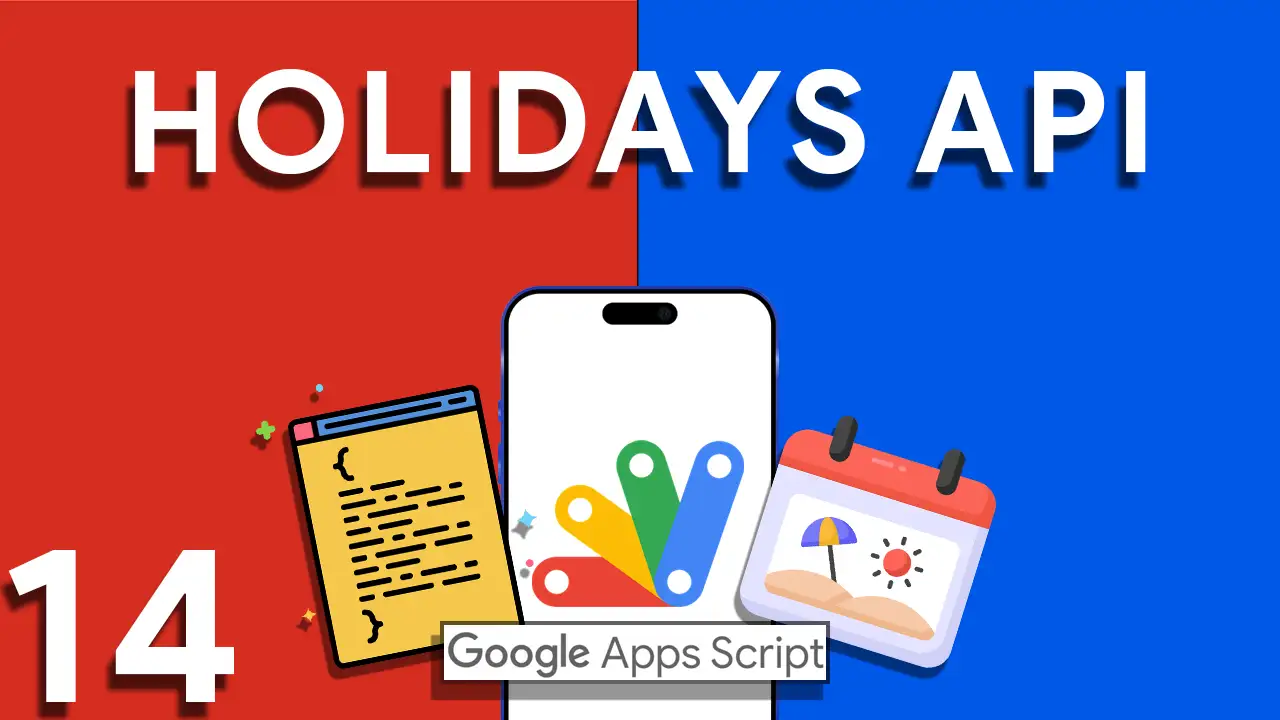Integrating QR code scanning into your AppSheet applications can significantly streamline operations, from inventory management to event check-ins. This capability enhances user interaction by simplifying data entry and retrieval processes. Here’s a guide on implementing the QR scan feature in AppSheet, covering everything from QR code basics to practical setup steps.
QR codes have become ubiquitous in the digital world, offering a quick and efficient way to access information, navigate websites, and even facilitate transactions. For AppSheet app developers, incorporating QR code scanning can unlock numerous operational efficiencies and improve user experience. This guide will walk you through the basics of QR codes, their benefits in business applications, and how to integrate QR scanning into your AppSheet apps.
A QR (Quick Response) code is a two-dimensional barcode that stores information in a grid of black squares against a white background. Designed for rapid scanning, QR codes can contain links, text, and other data, making them highly versatile for various applications.
Advantages of QR Codes in Business
- Efficiency: Streamlines data entry and retrieval.
- Versatility: Supports a wide range of data, from URLs to text.
- Accessibility: Easily scanned with a smartphone camera.
- Engagement: Enhances user interaction with immediate access to information.
1. Enable QR Code Scanning
AppSheet supports QR code scanning natively in fields where barcode scanning is enabled. To set up QR scanning:
- Navigate to the column structure of your table in the AppSheet editor.
- Select the column where you want to store QR code data.
- In the column’s properties, enable the ‘Scan barcode’ option.
2. Generating QR Codes
While AppSheet excels in scanning and interpreting QR codes, you’ll need to generate QR codes for your data. QuickCharts.io offers an easy way to create QR codes that can be embedded in your AppSheet apps or printed for physical use.
- Use QuickCharts.io to generate a QR code by providing the data or URL you wish to encode.
- Save and distribute your QR codes as needed—embed them in your app, print them for physical assets, or share them digitally.
3. Storing and Using Scanned Data
Once scanned, the data from QR codes can be used within your AppSheet app in various ways:
- Store scanned information in your database for inventory tracking, user check-ins, or information retrieval.
- Use conditional expressions to trigger actions or workflows based on the scanned data.
Practical Applications
- Event Management: Use QR codes for attendee registration and check-in.
- Inventory Control: Track inventory by attaching QR codes to items and scanning them for updates.
- Information Access: Provide instant access to product information, manuals, or websites.
Tips for Effective QR Code Integration
- Clarity and Size: Ensure your QR codes are clear and large enough to be easily scanned.
- Test Scanning: Test the scanning functionality in various lighting and distances to ensure reliability.
- User Guidance: Provide users with instructions or hints on scanning QR codes within your app.
Conclusion
Incorporating QR code scanning into your AppSheet applications can dramatically enhance operational efficiency and user engagement. By following the steps outlined in this guide, you can seamlessly integrate this powerful feature into your apps, leveraging the benefits of quick and easy data access and management.







